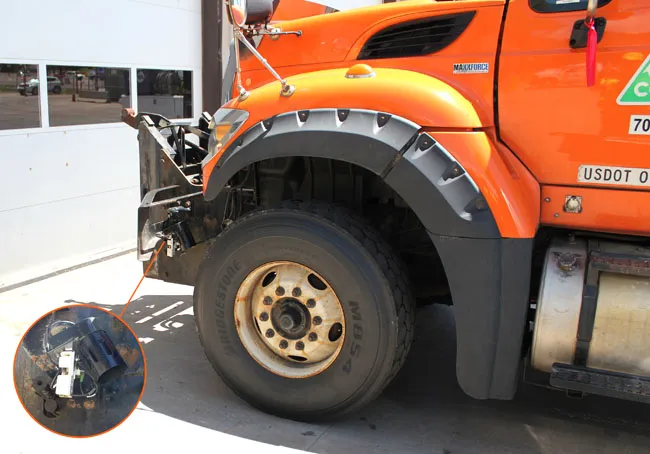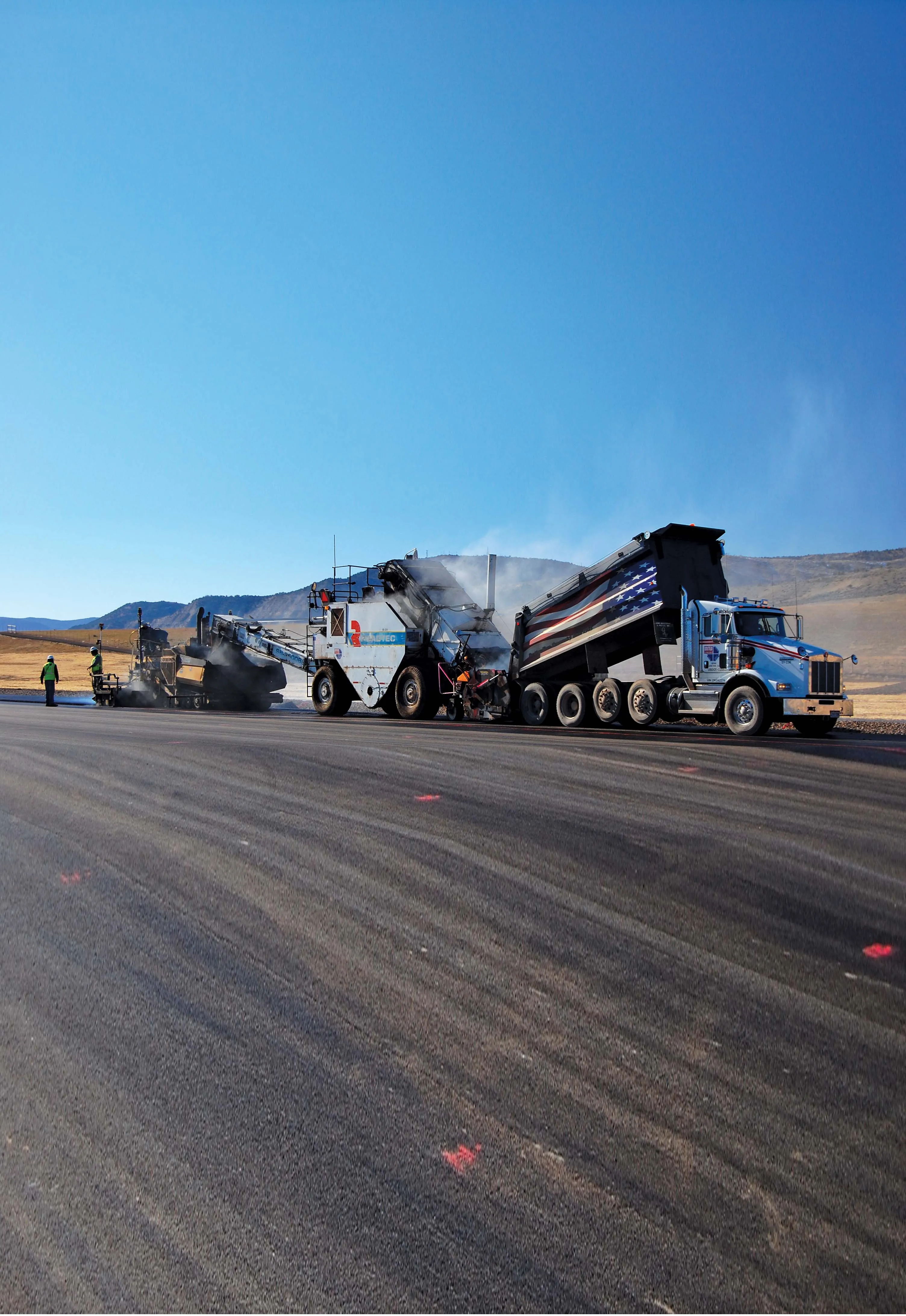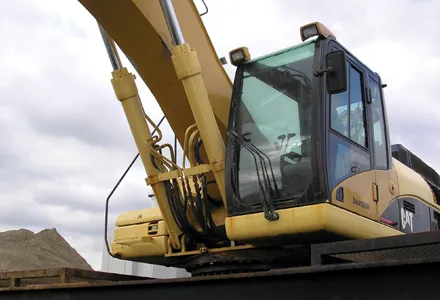Rugged mobile computing specialist Mobexx has introduced a slimline 10-inch MIL-STD-810G, IP-65 tested Windows 8.1 Professional tablet PC.
The 1kg Xplore Bobcat has front and back facing cameras and is powered by an energy-efficient 1.9 GHz quad-core processor, an Intel Bay Trail E3845.
It has a backlit IPS LCD screen and is ATEX/IECEx Zone 2/22 certified. The Xplore Bobcat is for use explosive atmospheres and hazardous environments such as found in oil, gas and petrochemical production, mining, paint an
November 17, 2014
Read time: 2 mins
Rugged mobile computing specialist 2554 Mobexx has introduced a slimline 10-inch MIL-STD-810G, IP-65 tested Windows 8.1 Professional tablet PC.
The 1kg Xplore1130 Bobcat has front and back facing cameras and is powered by an energy-efficient 1.9 GHz quad-core processor, an Intel Bay Trail E3845.
It has a backlit IPS LCD screen and is ATEX/IECEx Zone 2/22 certified. The Xplore Bobcat is for use explosive atmospheres and hazardous environments such as found in oil, gas and petrochemical production, mining, paint and food manufacturing sectors.
Mark Dale-Lace, Mobexx director, said the unit has an environmentally sealed casing and magnesium alloy mid-frame that allows the unit to withstand a drop of 1.52m, or 1.2m with accessories installed. “That should keep the software and system running and not missing a beat,” said Dale-Lace. “The long battery life ensures full eight-hour shifts, with the option of a hot swappable external battery will give an extra six hours, making it possible to run the device virtually nonstop for up to 14 hours.”
The tablet is equipped with a 128GB solid state drive for secure storage of applications and data with fast boot up. The Bobcat’s storage can be upgraded to 256GB, again using a solid state drive, or expanded up to 128GB using the micro SDXC slot.
The 1kg Xplore
It has a backlit IPS LCD screen and is ATEX/IECEx Zone 2/22 certified. The Xplore Bobcat is for use explosive atmospheres and hazardous environments such as found in oil, gas and petrochemical production, mining, paint and food manufacturing sectors.
Mark Dale-Lace, Mobexx director, said the unit has an environmentally sealed casing and magnesium alloy mid-frame that allows the unit to withstand a drop of 1.52m, or 1.2m with accessories installed. “That should keep the software and system running and not missing a beat,” said Dale-Lace. “The long battery life ensures full eight-hour shifts, with the option of a hot swappable external battery will give an extra six hours, making it possible to run the device virtually nonstop for up to 14 hours.”
The tablet is equipped with a 128GB solid state drive for secure storage of applications and data with fast boot up. The Bobcat’s storage can be upgraded to 256GB, again using a solid state drive, or expanded up to 128GB using the micro SDXC slot.









